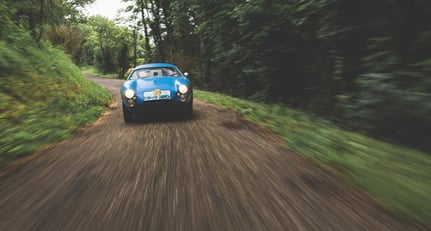Next week, the magnificent Grand Palais in Paris will reverberate once again to the sound of horsepower when the four-wheeled stars of this year’s Tour Auto file out into the streets of the French capital and commence their 2,140km journey to the Circuit Paul Ricard in Le Castellet via Clermont-Ferrand, Limoges, Toulouse and Pont du Gard.
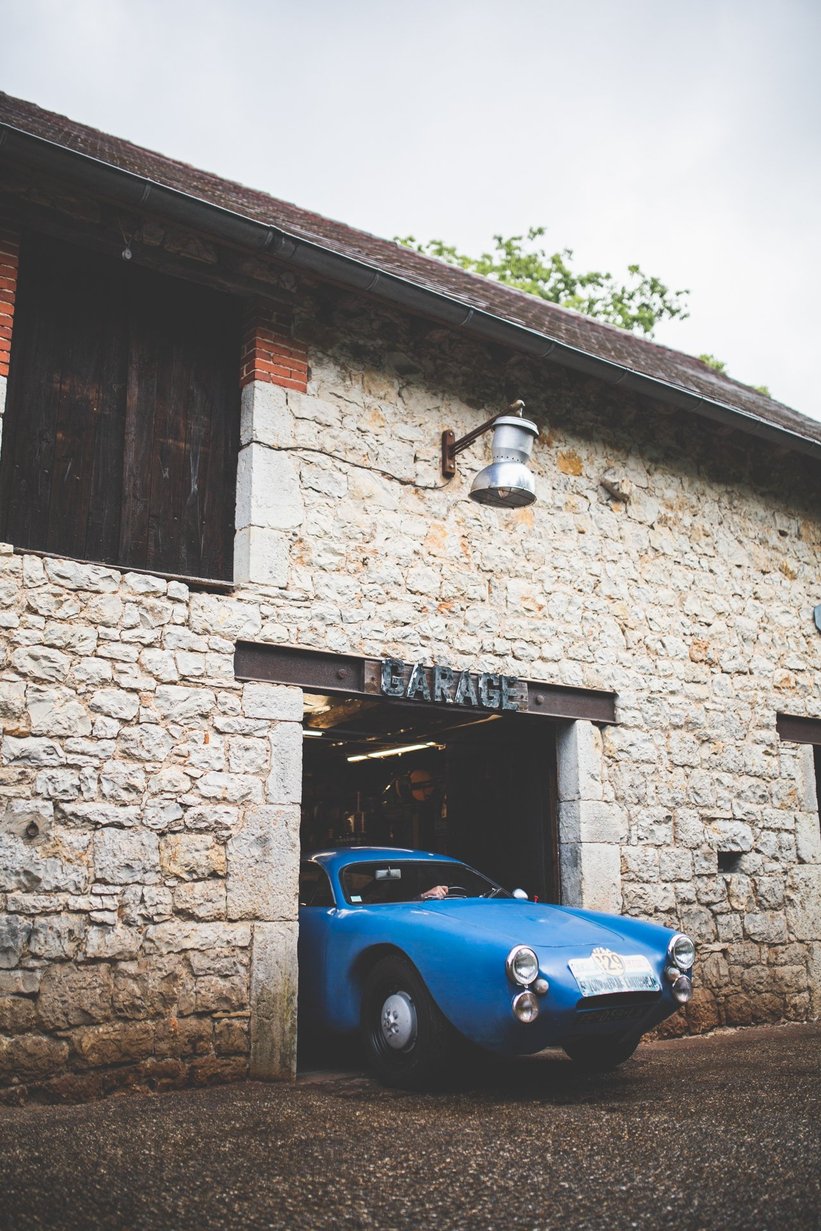
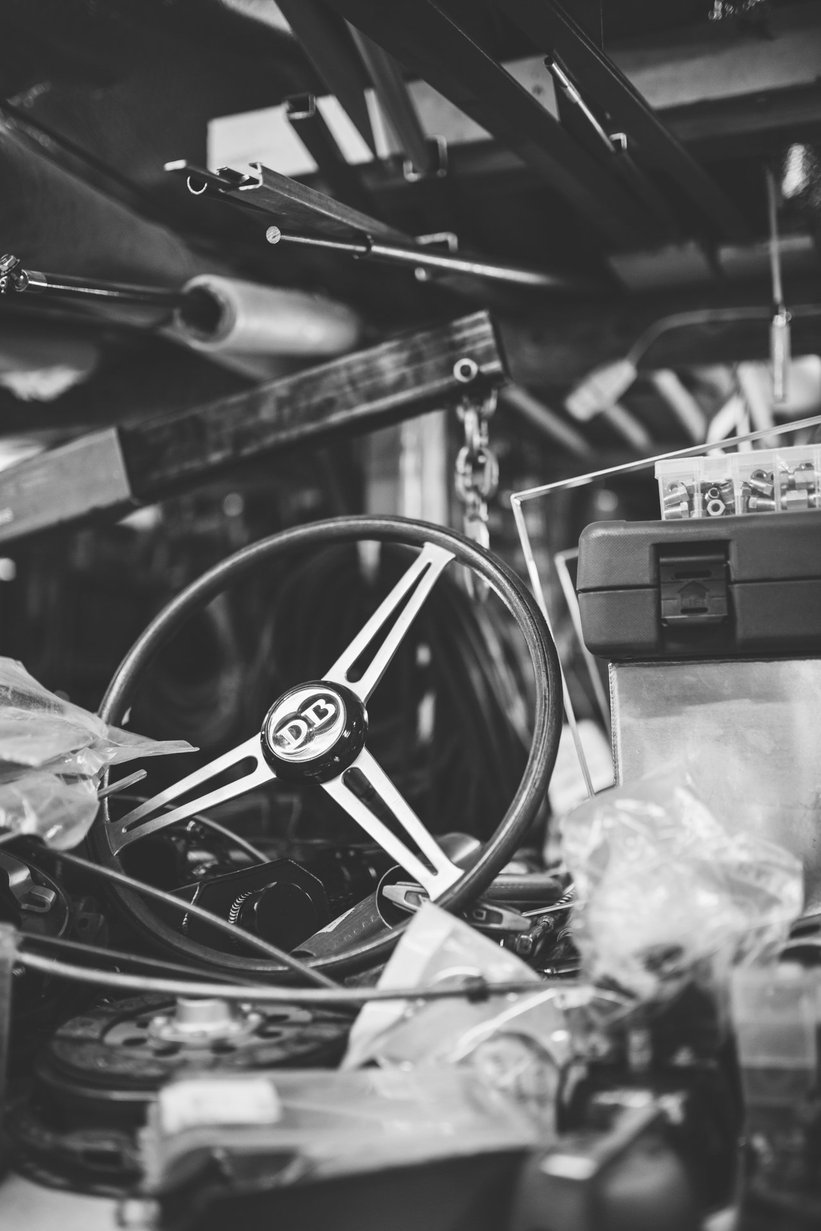
While your social media feeds will no doubt be filled with photos and videos of thunderous Ford GT40s and howling BMW M1 Procars slip-sliding their way across the countryside, there are countless quirky, chic and ingeniously designed smaller-capacity cars further down the entry list that are equally worthy of note.
That’s why we felt obliged to draw your attention towards this fabulous 1955 Panhard Dyna X Dolomites by Pichon & Parat, which will contest the Tour Auto next week in the hands of its owner Hugo Baldy and Romain Grabowski (we coincidentally recently featured Grabowski’s rally raid Lada Niva here on Classic Driver).
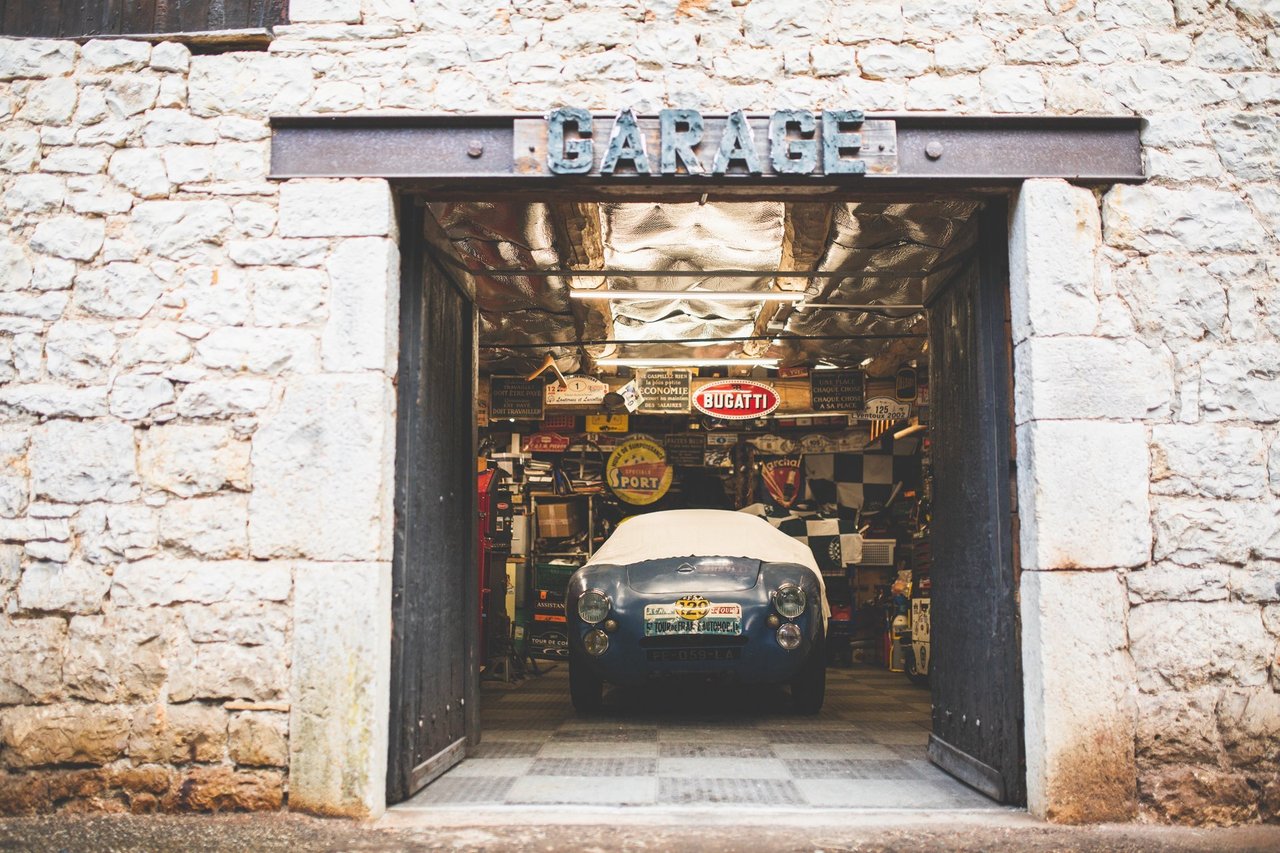
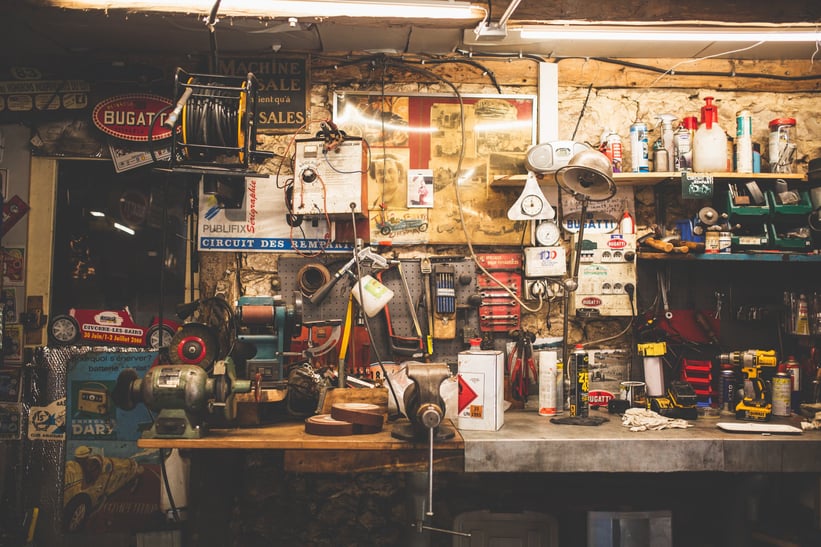

In comparison the utilitarian and somewhat frumpy body of Panhard’s own Dyna X, the coachbuilders Bernard Pichon and André Parat’s Dolomites body was sleek, slippery and sexy, if a little proportionally quirky. The underpinnings of the Dyna X were ripe for a racing transformation. The chassis was light and Panhard’s engines were renowned for being small yet remarkably efficient – ‘engineers’ engines’, as Baldy describes them. Only between 10 and 15 Dolomites were produced by Pichon & Parat and it’s believed that only seven or eight are known about today.
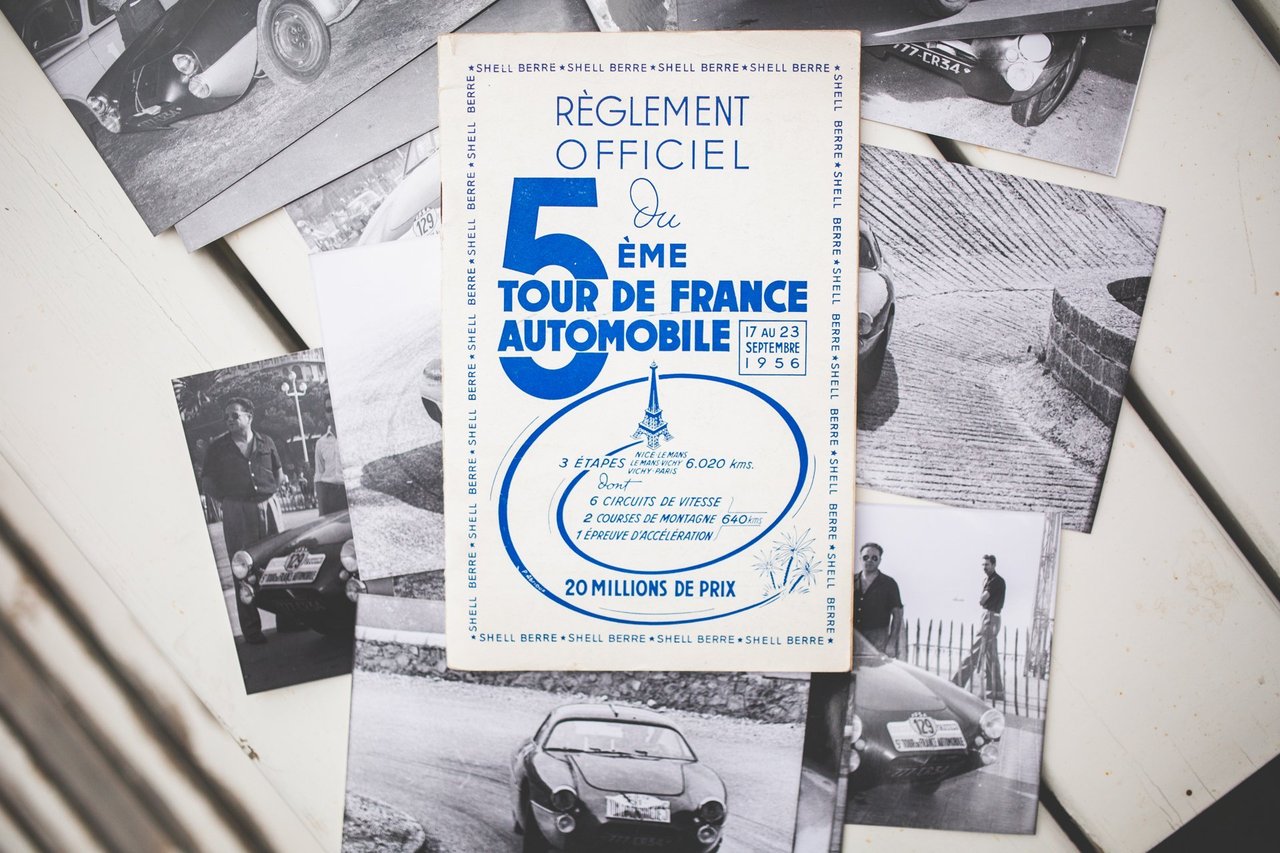
A proud veteran of the punishing original Tour de France Automobile in addition to several other high-profile races including the Rallye Monte Carlo and the Rallye Lyon-Charbonnières, this dinky French blue coupé was unexpectedly discovered in a ramshackle state by Baldy near Paris in 2018. After a long negotiation with its owner, Baldy agreed to buy the Panhard and set about researching its complex history in preparation for a sympathetic restoration.
“I am really passionate about racing cars, particularly those with rich histories and many accolades, and I love research,” Baldy explains. “I bought this Panhard without knowing who it had belonged to, where it had raced and how it had performed. It’s so exciting to search through archives, period press clippings and race entries in order to unravel a car’s history.”
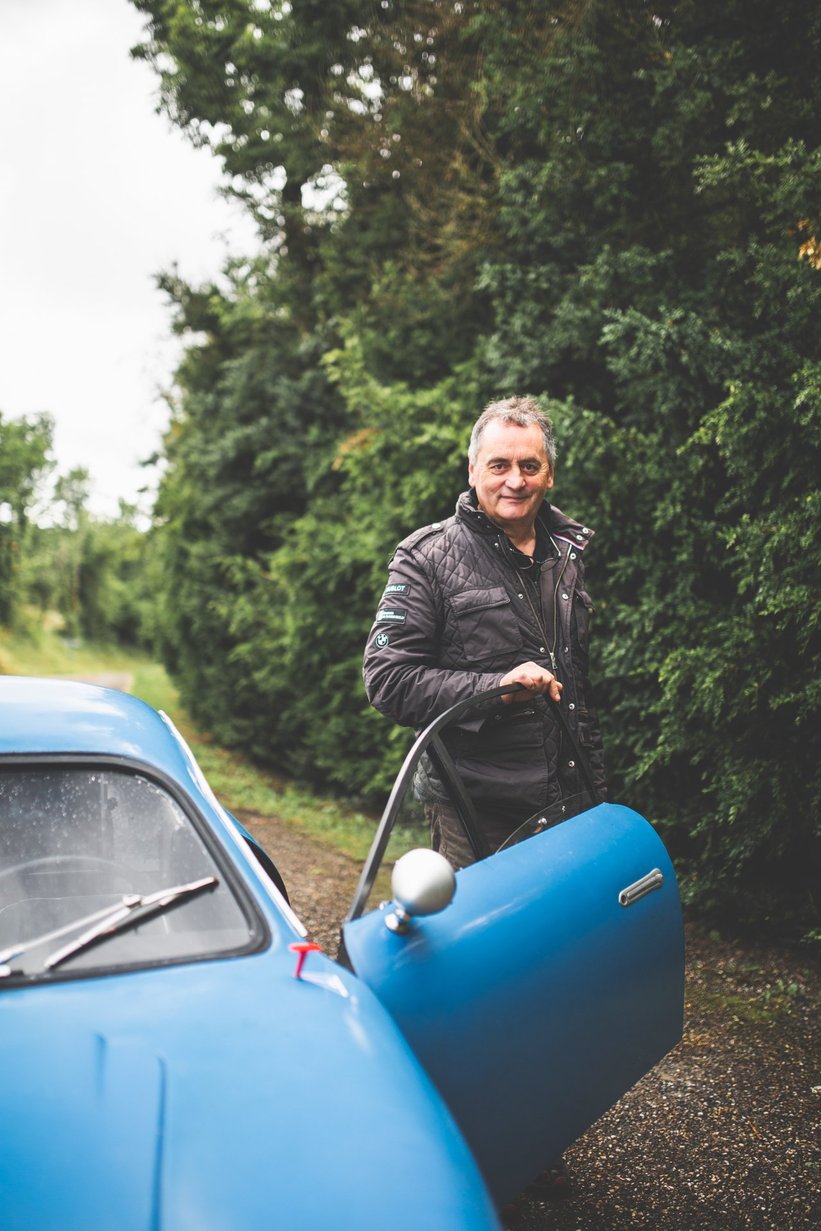
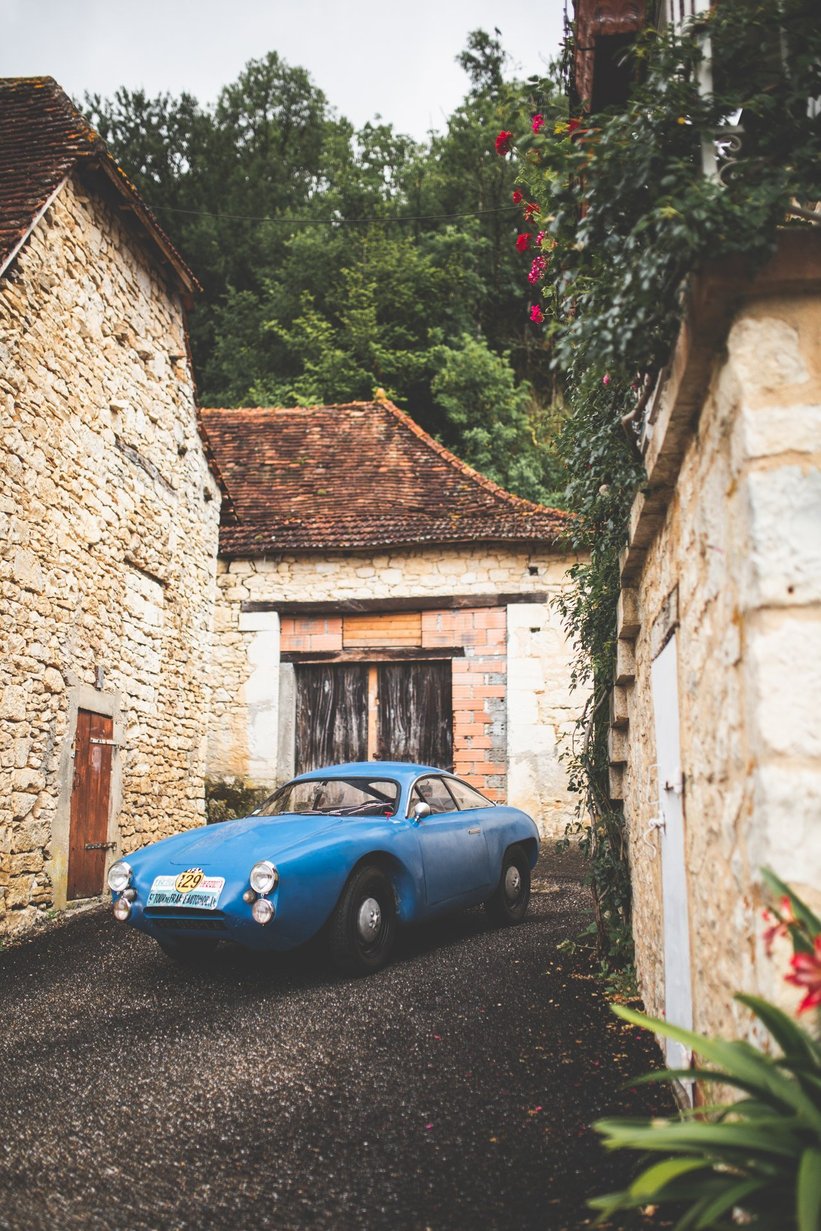
Once the Panhard’s early history was established, Baldy set about restoring the car to its original specification with the help of his father Dominique (who’s kindly on driving duties during our visit) and his best friend Romain Grabowski.
“When I discovered that the car had competed at the Tour de France Automobile in period, I knew I wanted to participate in the Tour Auto,” Baldy recalls. “We started the restoration in September last year and because we had such little time before the original start date in April, my father worked like crazy to help finish the car. He dismantled everything, worked with the coachbuilder to ensure the precious patina was preserved, and spent 10 days with me and Romain reassembling the car in his workshop.”
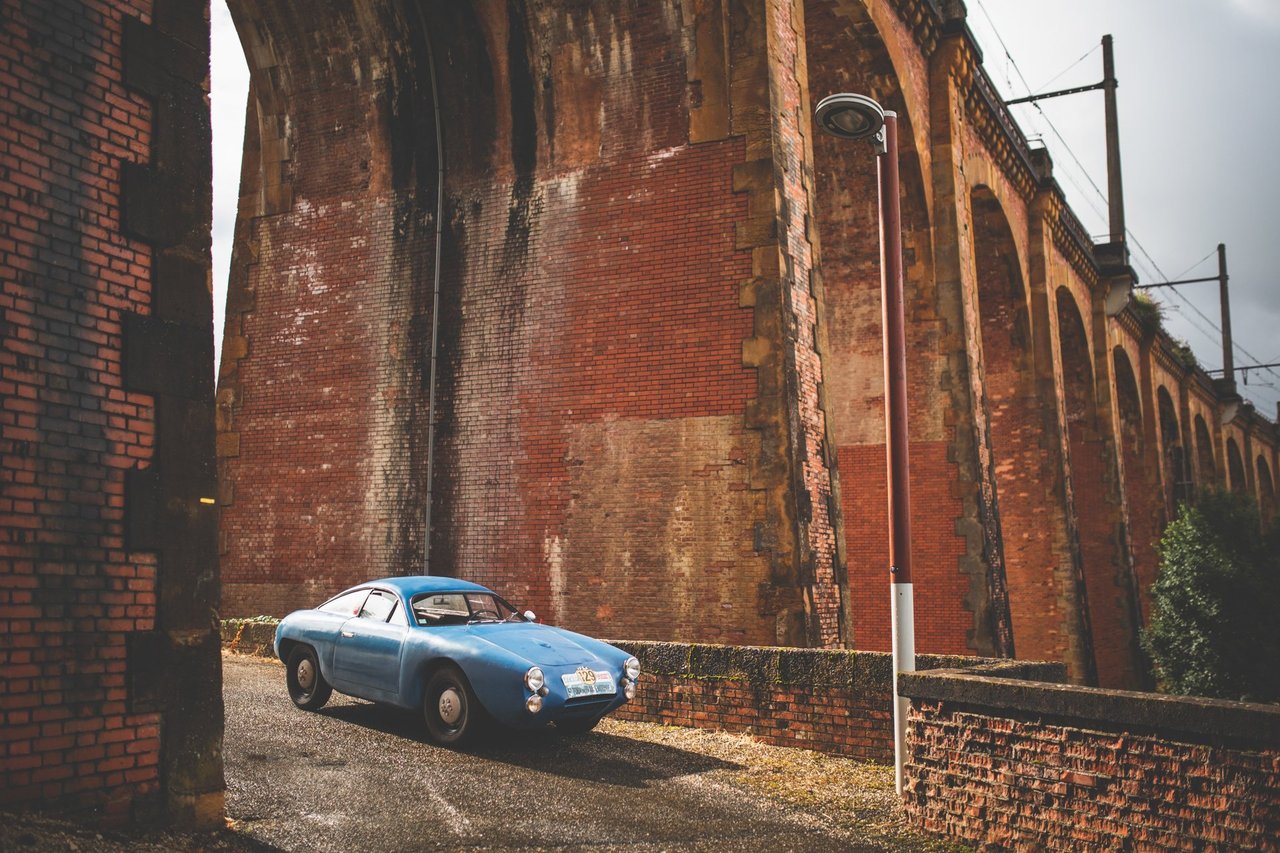
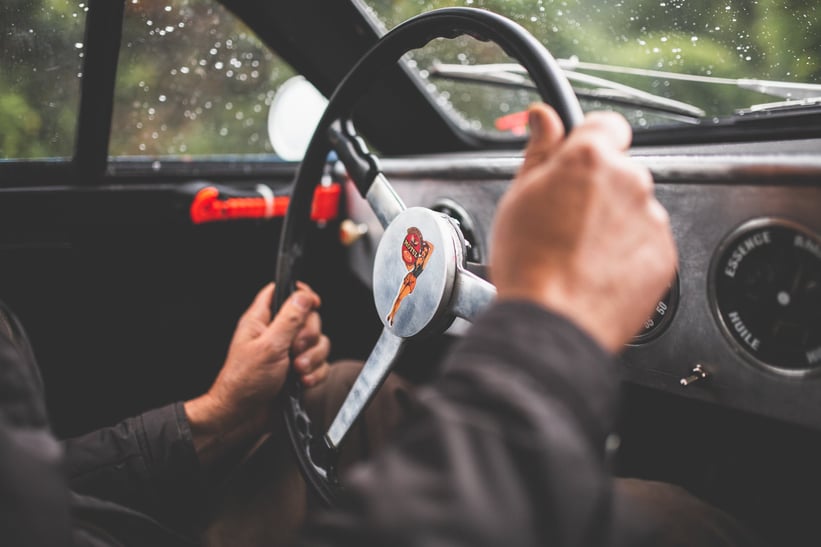
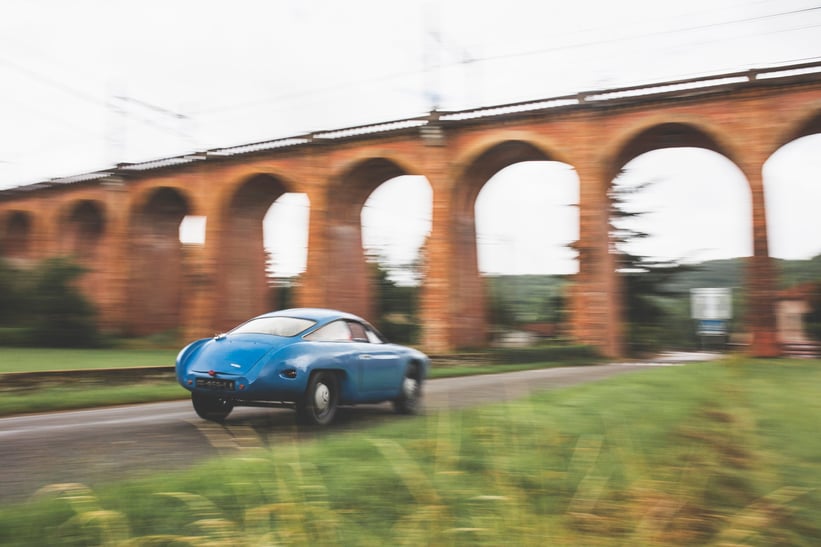
The work to return the car to its former glory was extensive and included replacing the incorrect dashboard with an original one and rebuilding all the mechanical componentry, from the engine and the gearbox to the brakes and the suspension. Although the original owner of the car raced with both 750cc and 851cc engines, Baldy has opted for an 850cc unit that’s subtly different from the original as it utilises parts from later Panhard engines. “I’m still running in the engine and I can drive at 140–150kph easily!”
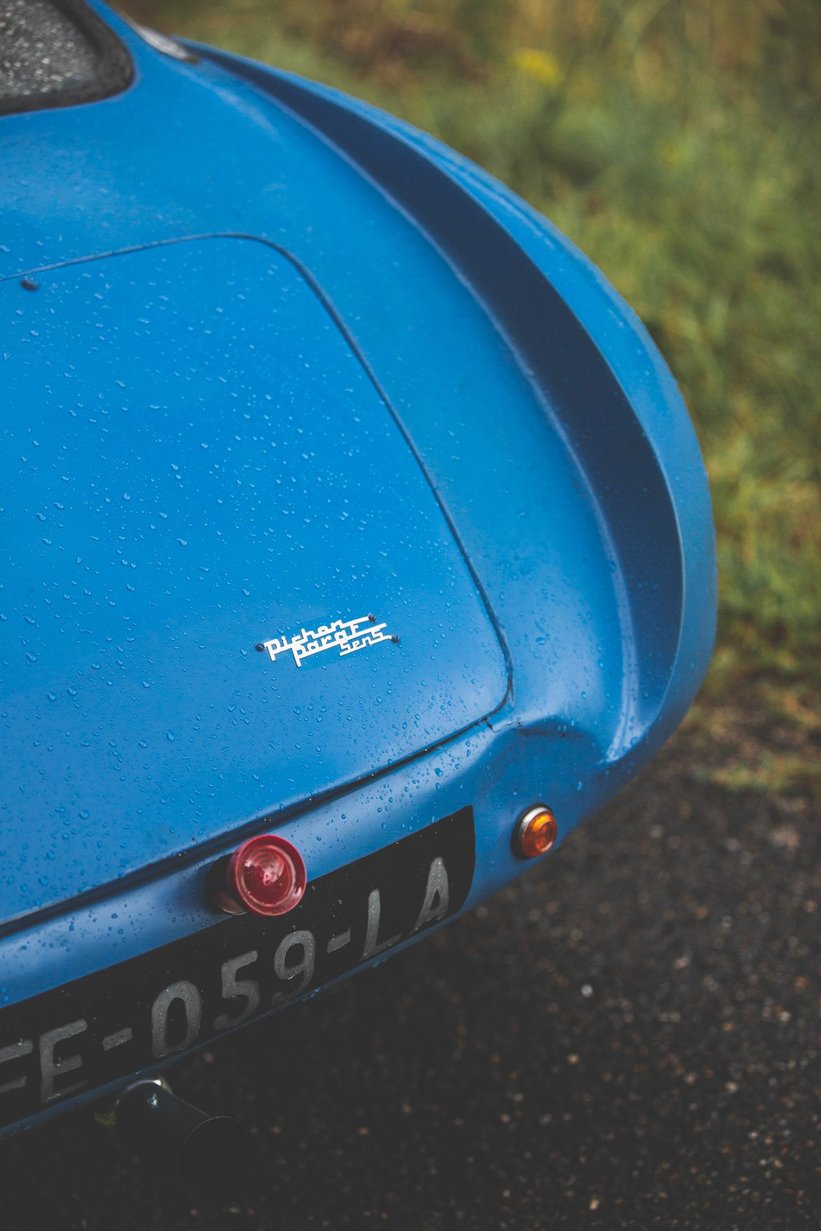
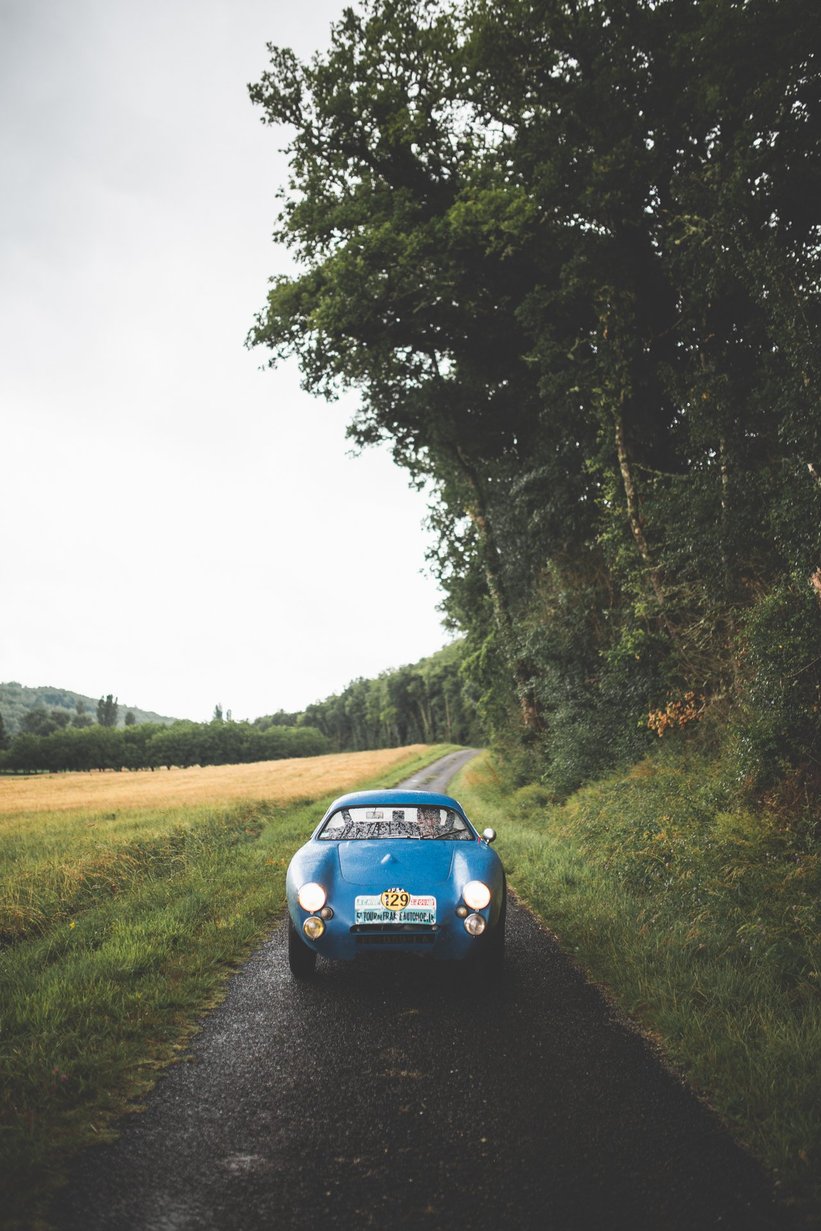
The master mechanic who rebuilt the engine with his bare hands, a man by the name of Christian from Toulouse, also installed new shock absorbers for ‘Pullman levels of comfort.’ “He was an extraordinary monsieur,” exclaims Baldy. “My Panhard drives thanks to him.” The finished car is indeed a masterpiece, possessing so much Gallic character and a beguiling patina. We especially love the discreet fins at the rear, which remind us of several specially built Ferraris of the era.
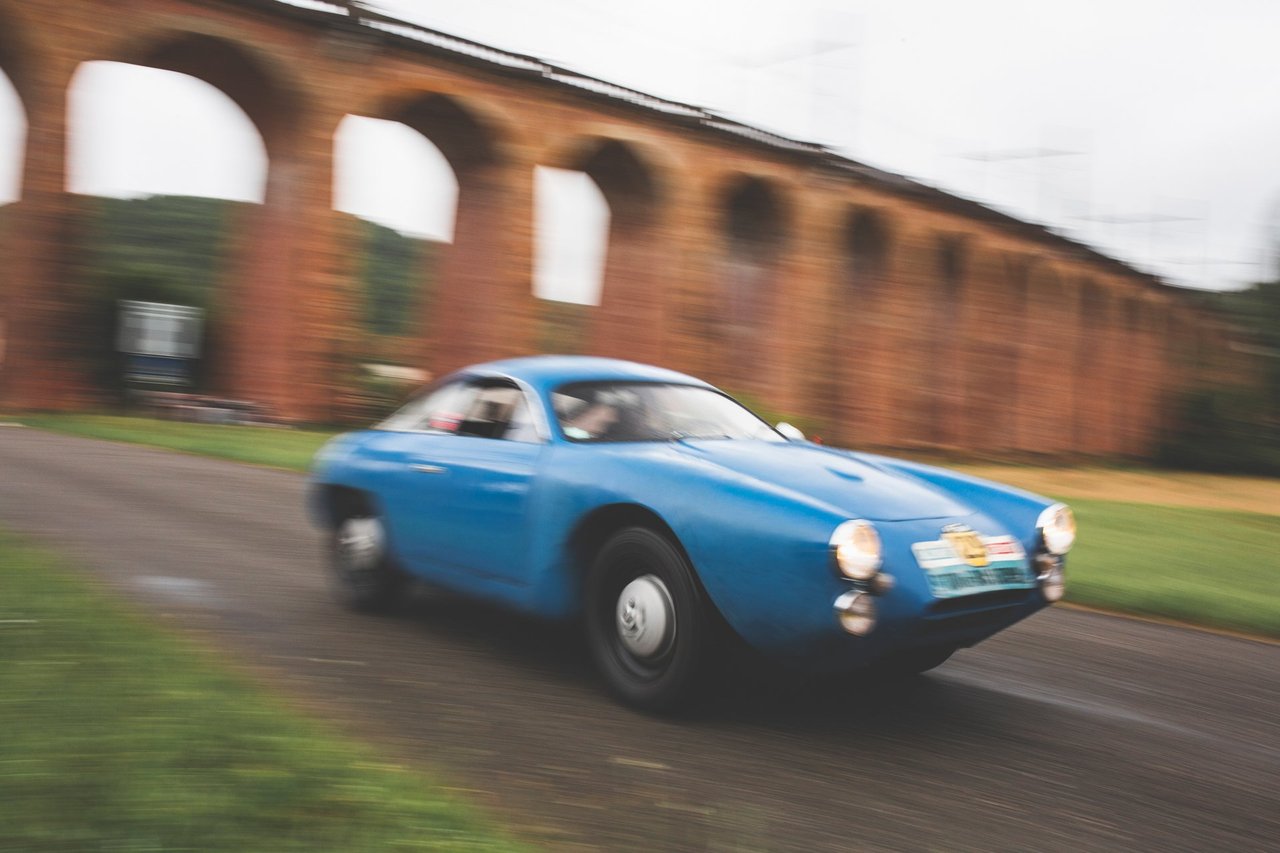
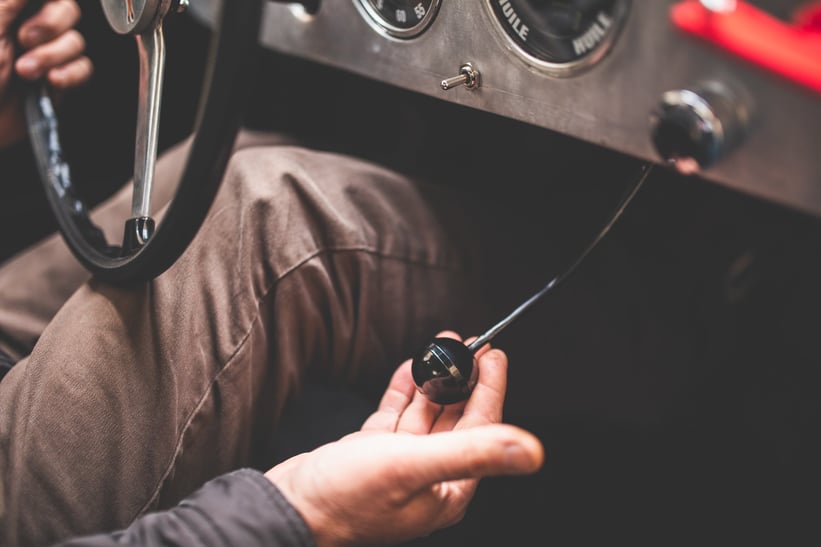

With a tiny air-cooled two-cylinder 850cc boxer engine at the rear, Baldy’s Panhard has the smallest powerplant on the entire Tour Auto entry list. But with a dry weight of just 480kg and a punchy 60HP, Baldy is optimistic of performing well in the competition grid. “We want to do the Tour Auto like they did in the old days,” he explains. “Regularity trials are not for us, so we’re going to do it with no assistance and our luggage in the car along with a toolbox, clutch cable and a roll of tape!” As a precaution, Baldy’s father Dominique will follow the rally with a spare engine and gearbox just in case.
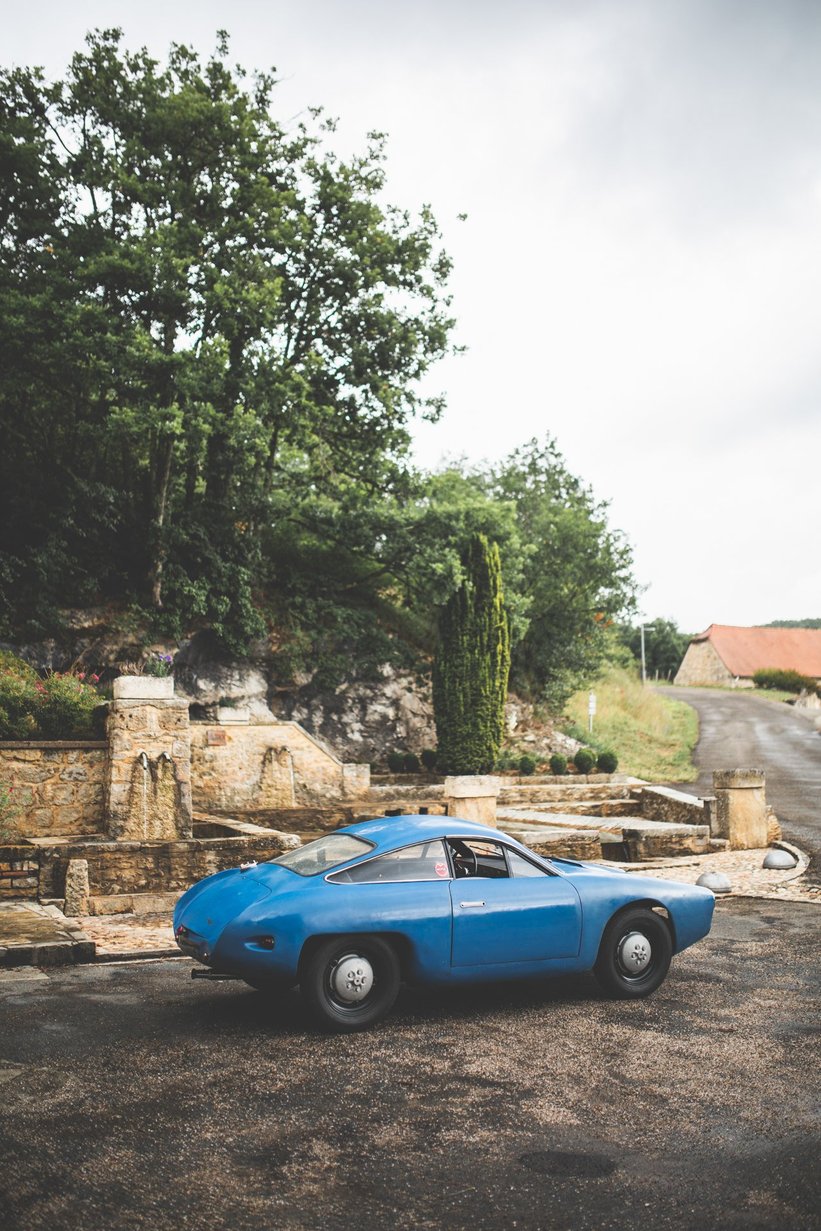
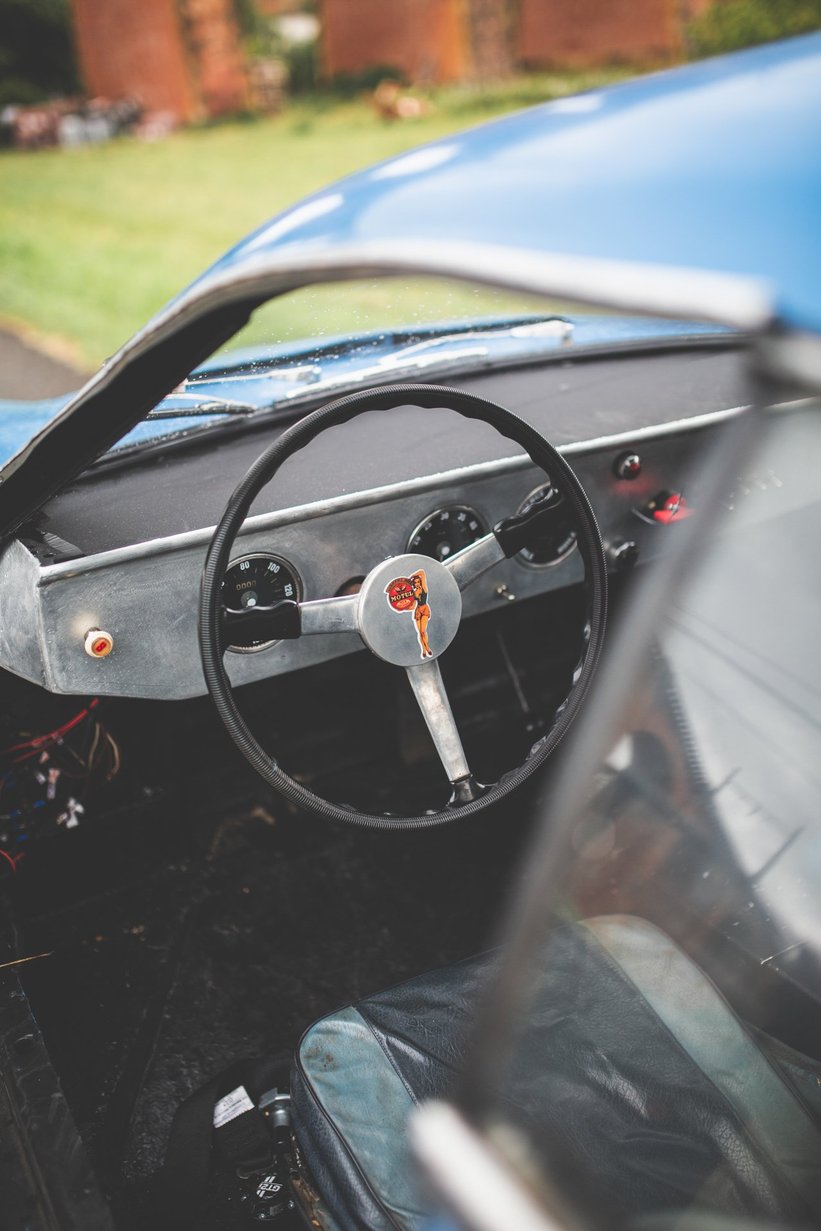
Frustratingly, Baldy and Grabowski’s Dolomites has been given the same performance index as the Porsche 356 Pre-As, which have much larger 1,500cc engines. But that won’t stop them giving it their all. Regardless of where they place, we can be sure of one thing: the characterful little Panhard will proudly fly the flag for France and hold its own in the presence wars against the event's big-hitting, high-capacity sports cars. Do we need to repeat ourselves? Size really isn’t everything. Godspeed Hugo and Romain – we wish you the best of luck for the coming week.
Photos by Mathieu Bonnevie for Classic Driver © 2020
